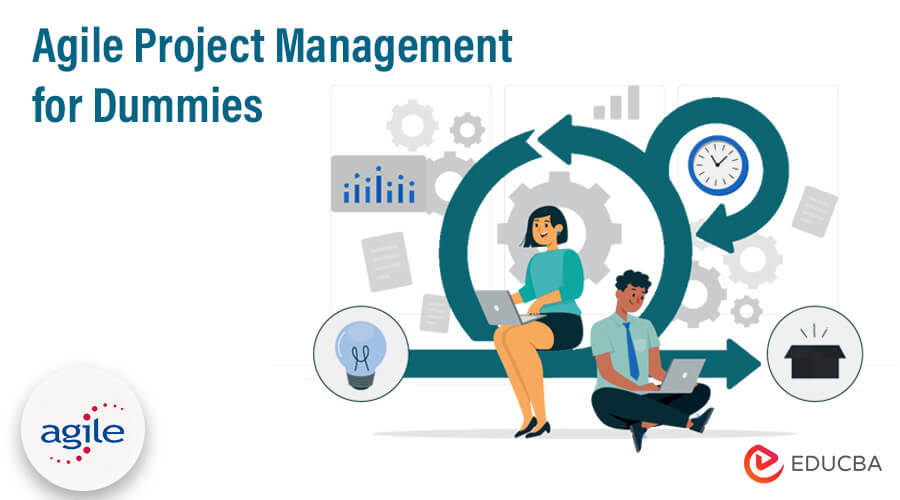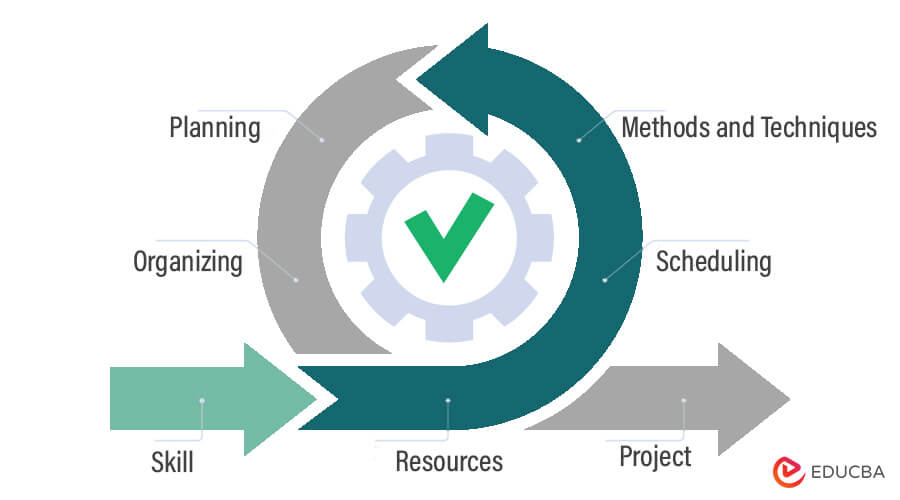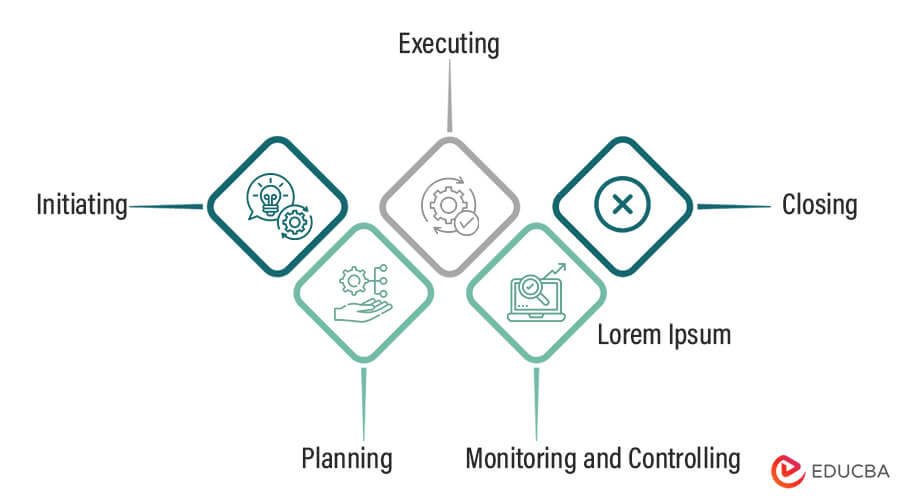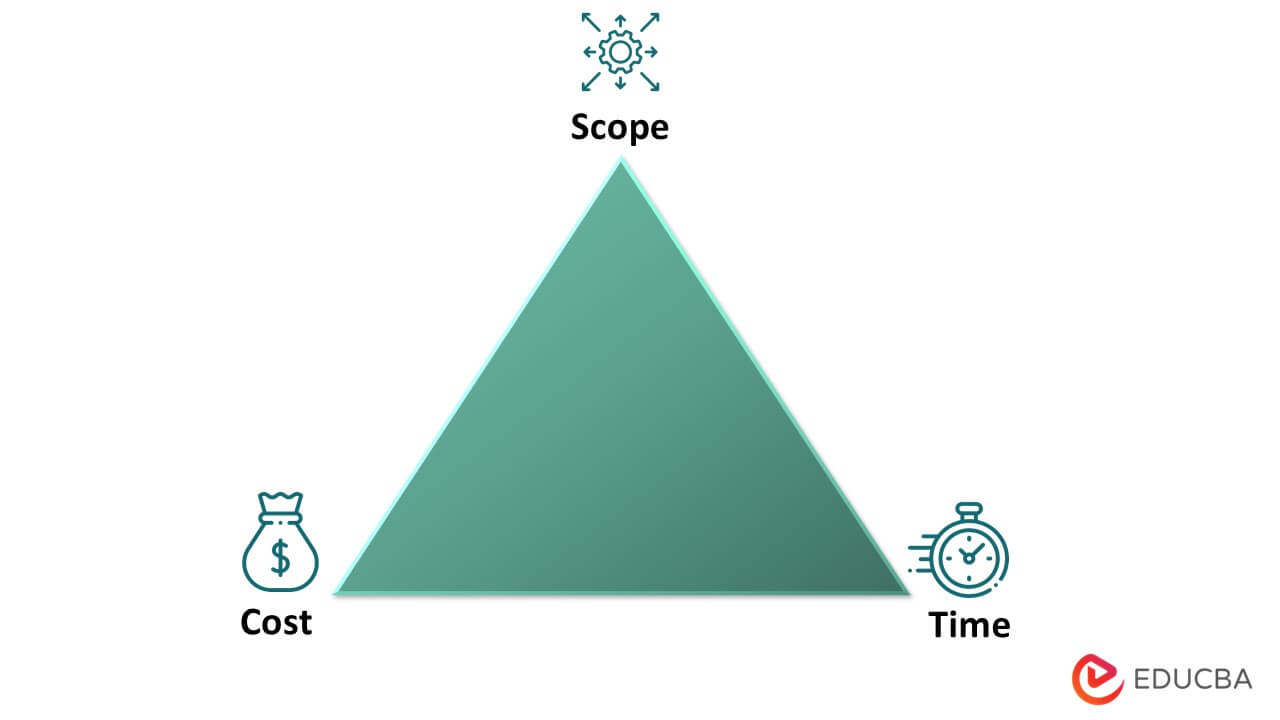Updated June 7, 2023
Open Sources to Agile Project Management for Dummies – Getting to the crux of Project Management, like other subject matters, isn’t one with shortcuts. If you need information, you must get it correct from the start. Once your basics are polished and toned, you can head down the alleyway of agile project management brilliance and turn the tables at your organization. So, here’s your chip at a wonderful start.
Welcome to Open Sources to Agile Project Management for Dummies!
What does a Project mean?
Consider it to be an undertaking that’s unique to a given requirement-fulfillment action. This undertaking mostly has more than one inter-related activity that poses as tasks, and these tasks need to be fulfilled in a stipulated time frame and at an expected quality level. And most importantly, these tasks should help the project head toward its end goal. With a planned start and end, projects initiate, and they run through the stakeholders, steering the business to its vision and mission.
What does agile Project Management mean?
The deployment of methods and techniques of planning, organizing, and scheduling of skilled resources for a project is Project Management. The process follows a systematic breakdown and follow-up of tasks that make up the steps towards the achievement of the project objective.
Agile Project Management over the years has gained good, solid momentum, and results have been witnessed in all spheres of business. This gains our trust in a foolproof methodology applied for the success of a business strategy.
Value of Agile Project Management
Agile Project Management targets Purpose, People, and Process. Value addition initiates at every stage in the life cycle of a project. These factors bring the project to its ultimate goal and prove the strategies undertaken right.
The Purpose of the entire project is the focal point within project management. All the stakeholders and resources converge towards this purpose, and agile project management gives the organization the assurance that it will be as per the requirements and needs of the business.
The People involved in the project render skill and expertise towards the project and bring it to completion. It helps the stakeholders or team members realize their responsibilities and accountabilities toward the deliverables expected.
The process binds the project together to bring it to its expected delivery dates and timelines while maintaining the budget for the individual tasks.
5 Phases of Project Management
There are 5 widely common project management process groups or phases that make up the entire workflow. These steps apply widely to all projects, operations, and subject matter programs. These are:
Let’s have a look at each of these phases at a glance and head towards a successful project at your organization:
-
Initiating
A project initiation comes from the fact that something has got to change or a new inclusion has to be made or a problem has to be resolved. These are pressing situations that need the initialization of a project in order to overcome or induct a particular problem or change.
While some companies insist on a set criteria list for a project to be termed and initiated as a “project, ” others look at changes within the department, across departments, and the organization as projects. These often come as a fine line between project management and change management.
Mostly the top management initiates the projects but only with the workforce in mind. Considering the viewpoints of the workforce and executives stands as an essential plot for the start of the project. Project initiation comes from drawing or drafting a Project Proposal that needs sanction from the top team, which grants the needed resources and budget for the project.
-
Planning
Project Planning is the crux of any project that happens over the ages within project management. Conducting something new or amending already existing processes or workflows can bring new risks and issues. One can avoid or mitigate these issues or risks by carefully utilizing the second phase of project management.
In this stage, the scope of the project determines the amount of planning required for it, and the intensity of the project can determine how far the project planning will go. Planning involves at looking through each aspect of the project as per the objective set during the project initiating phase. Once the requirements and needs are determined, the project planning can be easily slated and sorted for better understanding.
Once the puzzle is complete, you can get the whole picture of where the process is and where it should be at the project’s end. This way, you can fill in the gaps step-wise, which drives the project to its completion.
Each project task will have an owner, a timeline, resources allotted, and a completion date. These tasks can further divide into subtasks, and each of these will contribute to the project objective.
With the planning phase, the following activities can be undertaken:
- Scope Definition and Planning
- Task Definition and Planning
- Sequencing of Task
- Task Timeline
- Project Timeline
- Resource allotment
- Budgeting
- Project Plan
- Quality Plan
- Communication Plan
- Staff Acquisition
To top all of these, risk management comes as a key driver in the planning phase. Risk needs to be accounted for and incorporated into every plan that goes underway. The risk would mean more overheads, which the projects don’t need at any stage in the life cycle. Managing risks would involve the Identification and Quantification of risks for every stage and every task or subtask undertaken.
-
Executing
This phase dictates the plan and puts it into action to achieve the project goal and objective. Here’s where the project team members enter the job to complete the tasks, activities, and stages.
The actions are taken per the plan, and any formidable risks are dealt with as per the risk mitigation plan initiated during the planning stage. Unknown and unforeseen risks are dealt with on an ad-hoc basis and given priority so that work is not halted. Core tasks are performed to the design, and the following things need to be taken care of:
- Quality assurance
- Minimum deviation from the original plan
- Eyes fixed on the objective
- Timelines adherence
- Continuous follow-up
- Performance measurement
- Regular progress checks
- Risk management
- Problem-solving
- Team development
- Communication plan
-
Monitoring and Controlling
This stage is an essential phase that ensures and measures the success of the project at all intended timeframes. It checks for the project’s longevity and normally occurs through a control mechanism after the implementation or execution phase.
Performance reporting and change management come into play at this stage, and the project’s control mechanisms check the expected results from each task and activity, comparing them with the actuals. This way, variances can be calculated, and necessary actions can be deployed in an effort to curb further levels of variation from the intended plan of action.
The sole purpose of this stage is to determine whether the project is on track or not. Getting the project back on track can showcase the skills of a project manager and can put their line of work at the forefront. It’s at times of deviation that the skills rendered by not only the project manager but also the executives surface and are used to solve issues and problems.
The following aspects need close monitoring and controlling:
- Quality
- Cost
- Scope
- Timelines
- Risk
- Risk Response
-
Closing
This phase aims to generate and gather all the data and information pertaining to the project and disseminate them. This closure involves reporting the success metrics and the graph of how the project has fared. It involves all the damages and improvements, all the resources utilized, and the cost bearings.
At this stage, the initial project proposal and contract are reviewed to check if all the deliverables have been cited and handed over as the project output. Finalization and resolution of outstanding discrepancies happen at this stage.
Project Life Cycle
All the phases together make the project life cycle, which is essentially the project’s beginning and end. The approaches followed by project life cycles are normally either the waterfall or the agile models. There are other various approaches to choose from depending on your business requirements and feasibility.
-
Waterfall Model
The waterfall model presents a cascading scenario where the output of a stage within the phases is the input for the next phase. This approach follows a set sequence of the tasks and activities undertaken and has its pros and cons.
-
Agile Model
The agile model, on the other hand, can be iterative and works in blocks and pieces. These phases can be reversed and reiterated before moving on to the next stage, should there be a need and demand from the project’s proceedings. It revolves around modeling and documentation for developing the project and its implementation. Here best practices are documented for use.
10 Knowledge Areas of Project Management
The 5 phases are supported by the 10 knowledge areas that form together the processes typical of each project undertaken. These form the integral parts in bringing about cohesion within the projects undertaken in the organization, all centered on the business strategy and goal. They are as follows:
- Project Communication Management
- Cost Management
- Human Resource Management
- Integration Management
- Procurement Management
- Quality Management
- Risk Management
- Scope Management
- Stakeholder Management
- Time Management
All these together form vital components when handling your projects as project managers, but the explanation is advanced and won’t be discussed in this article.
Team & Communication
Each project requires a team to function and head towards the project objectives. A team would typically comprise:
- Project Manager – This member manages the entire functioning of the team and directs it towards the project objective.
- Project Lead – This member supports the work carried out by the project manager and is second-in-command. Usually caters to the technical aspects of the project and provides expertise. A Project Lead role is normally necessary for big projects.
- Project Sponsor – This member provides authoritative signatures and legalizes the expenditure on the project. They have keen interest in the project’s outcome and need it to be as per the vision and objective. They look at it from the perspective of how it contributes to the company goal.
- Project Team Members – These members are vital resources to fuel the project and make things work.
While you have many subteams and subtasks within major tasks, communication is the adhesive that binds all of these factors and skilled hands together. Without communication, it’s difficult to maneuver around and keep the project integrated. With updates taking place every day, it’s important to get knowledge of all the project happenings to all stakeholders and support teams.
Collaboration is the keyword for this project to be what it is envisioned to be. Using efficient and effective tools and systems plays a vital role in relaying of information to the correct personnel at all times. Some of the best project management tools and systems that your team can use are as follows:
- Asana
- Podium
- Flow
- KANBAN Tool
- Basecamp
- Zoho Projects
- Trello
Project Management Triangle
One of the key factors within project management is this project management triangle (or the triple constraint). As a standard reference model for all project managers, it represents as follows:
The project management triangle forms the basis of project management and how to deal with and strategize projects. The triangle comprises the following:
- Scope
- Cost
- Time
Aimed at the quality of the project, each factor highly influences the other and can determine how you go ahead with your project.
If the scope increases, it will increase the cost incurred and the time taken for completion. If the budget is tight, the cost relaxes while the scope can’t be increased. And, if the time is tight, the scope is limited and the cost inflates.






